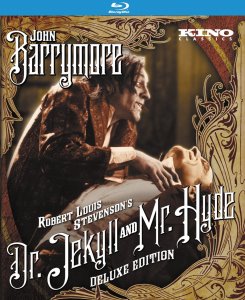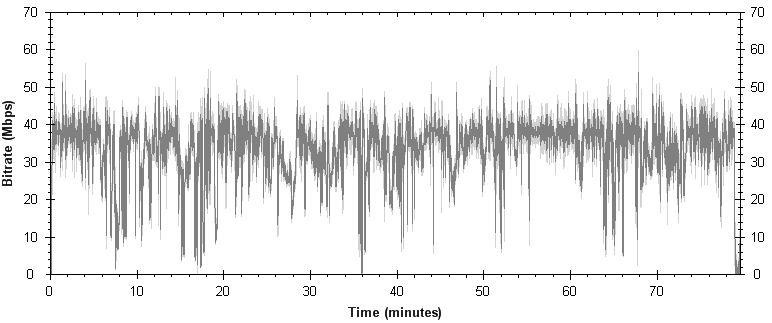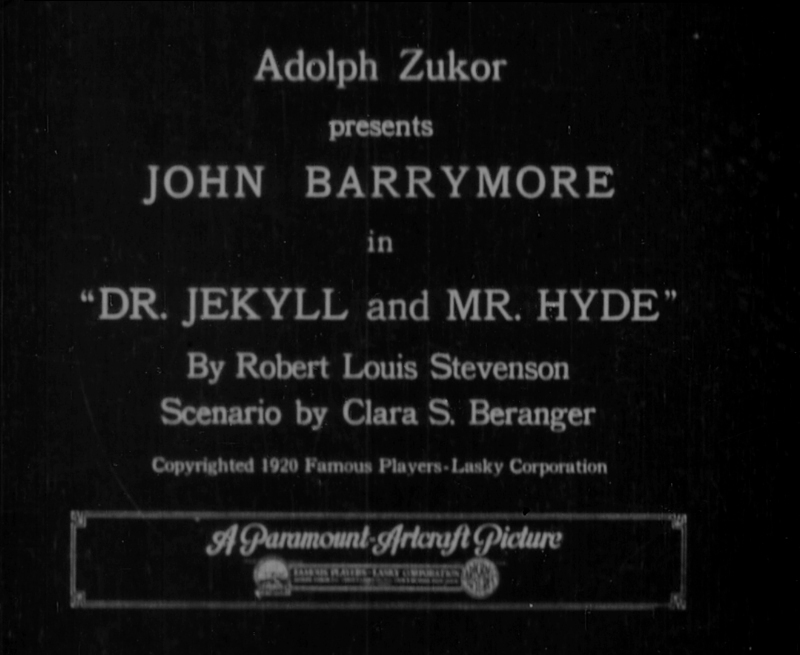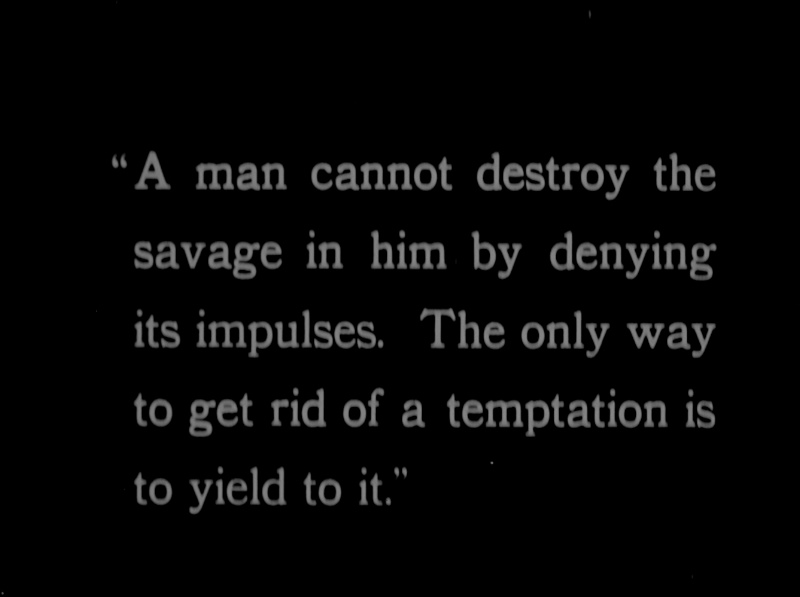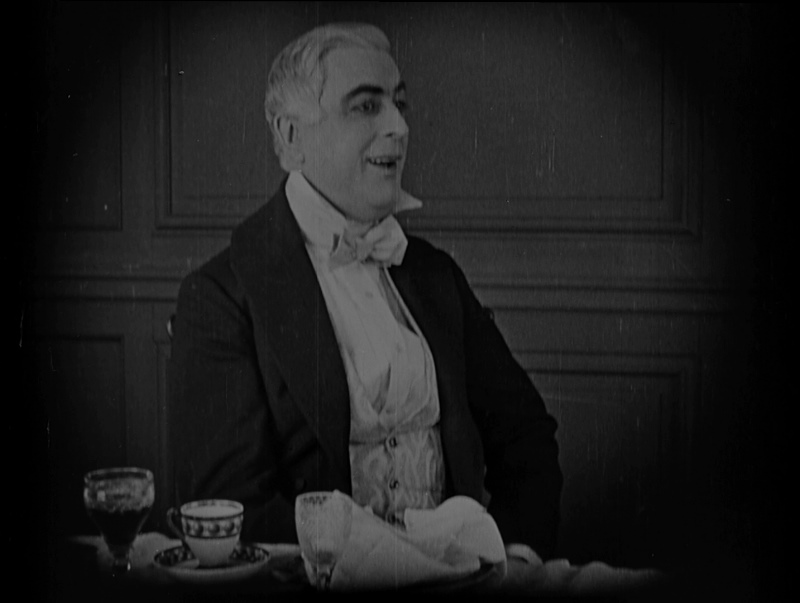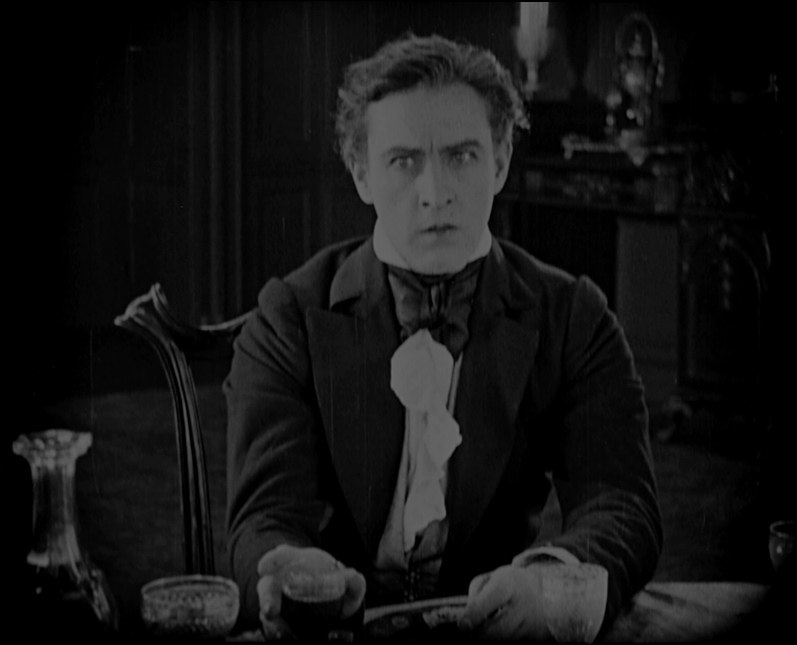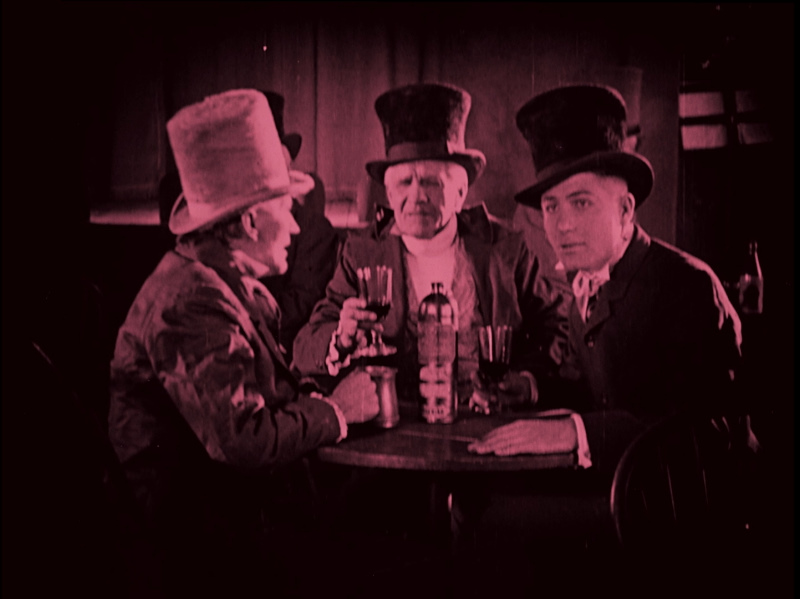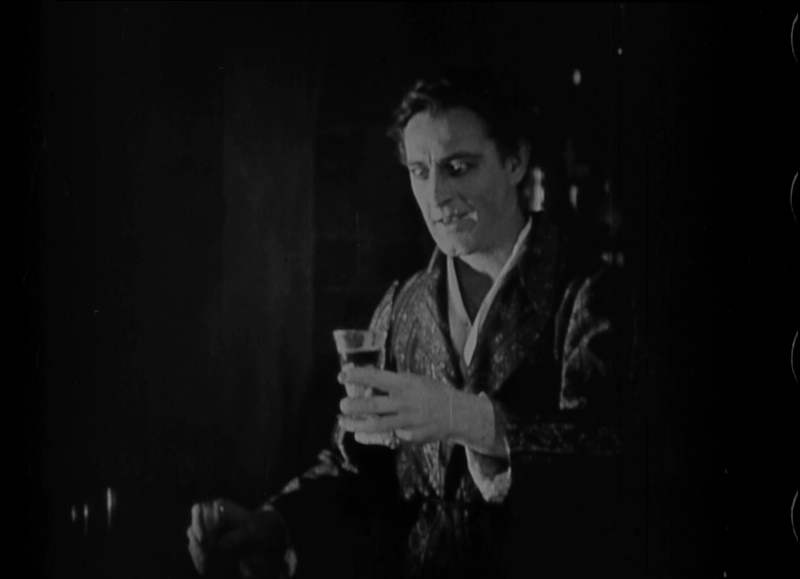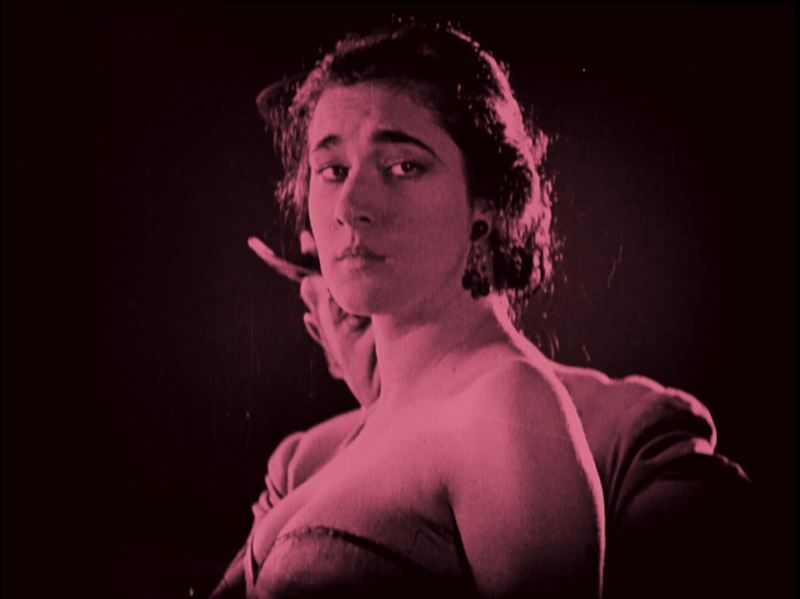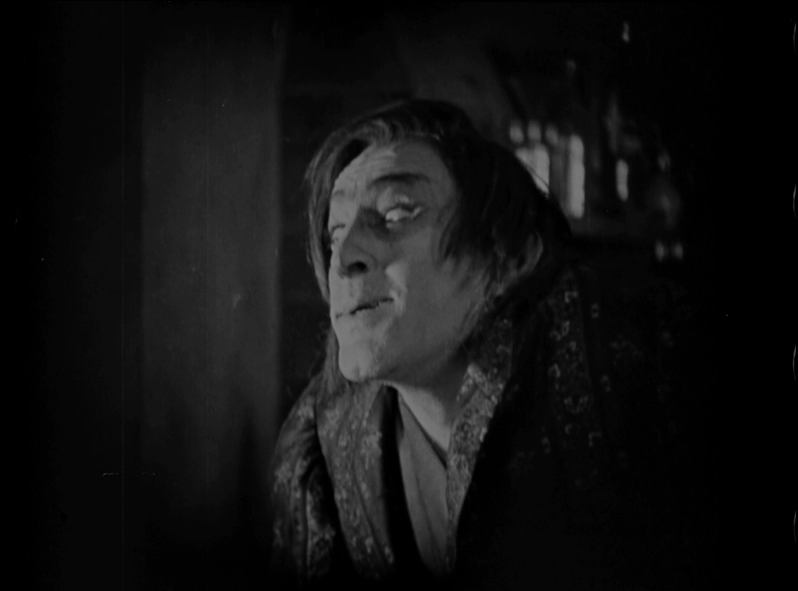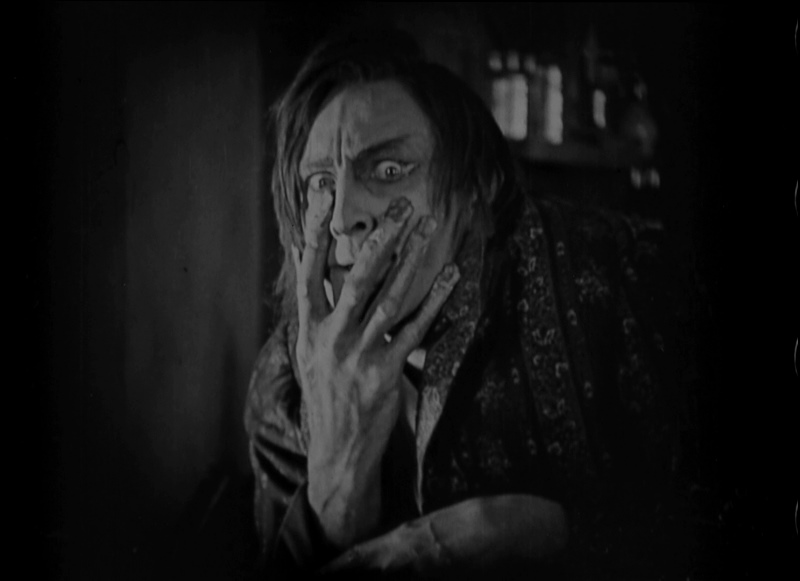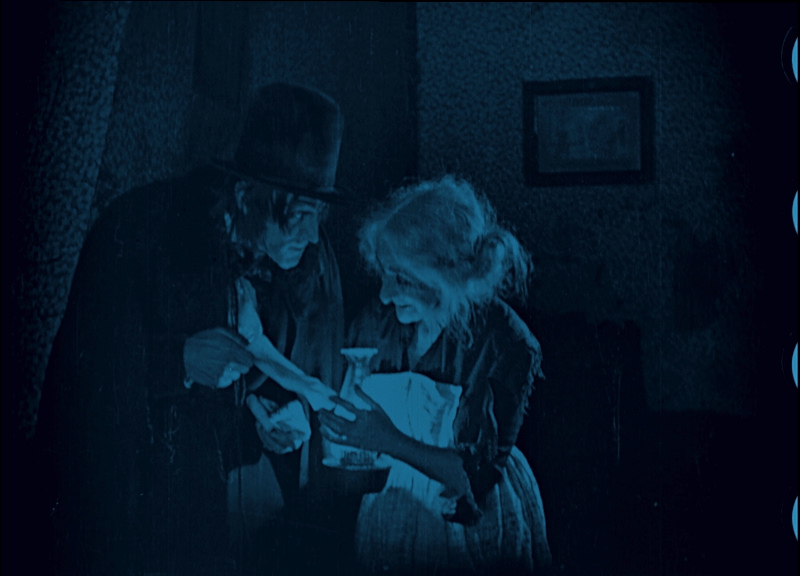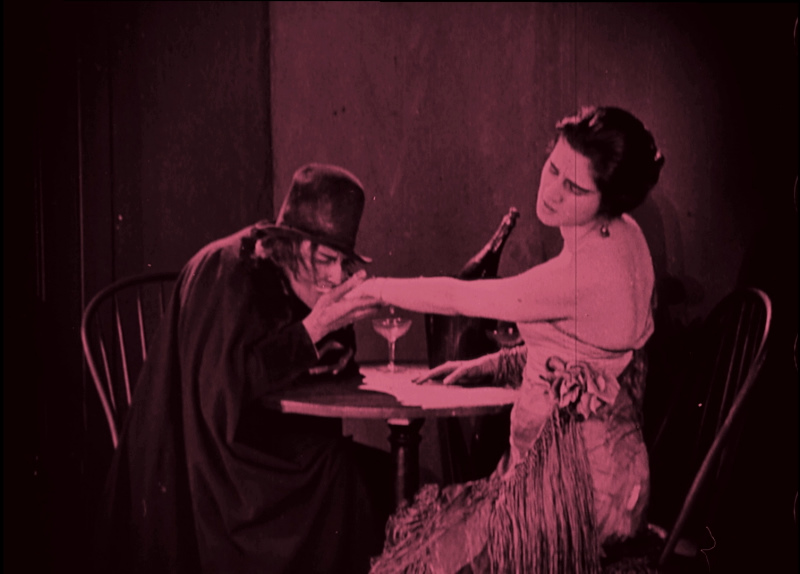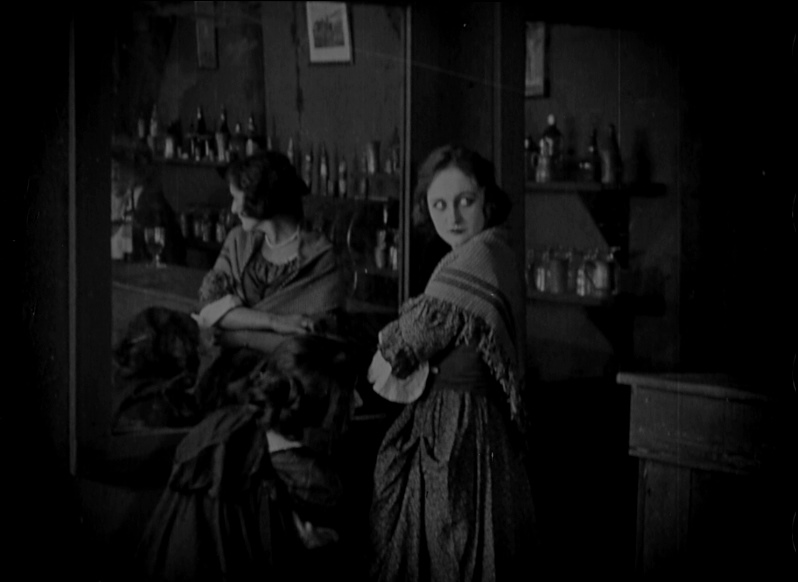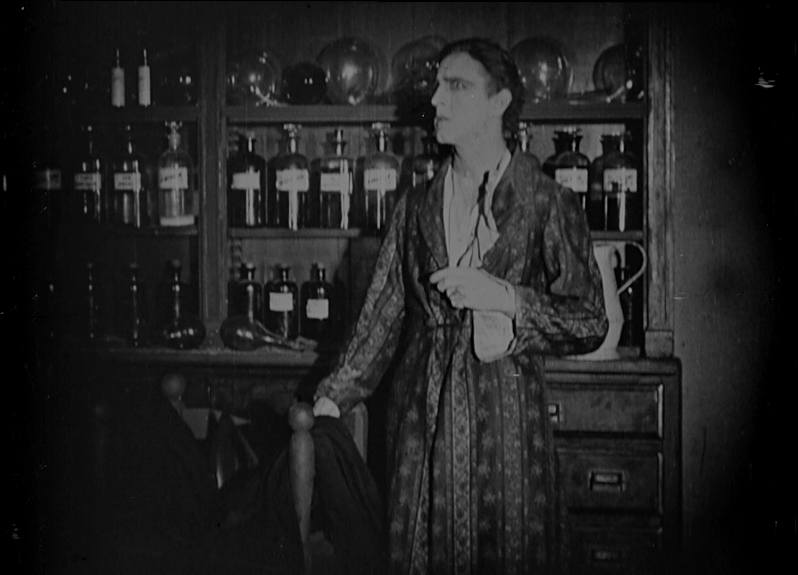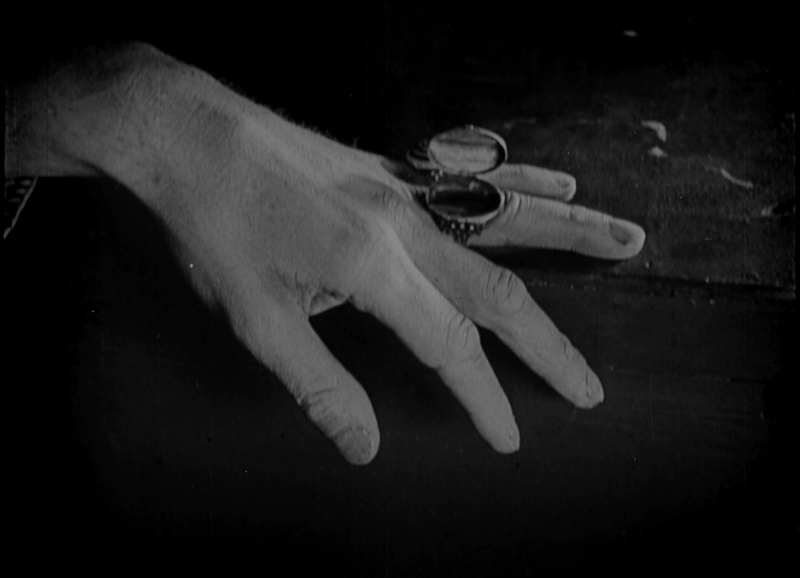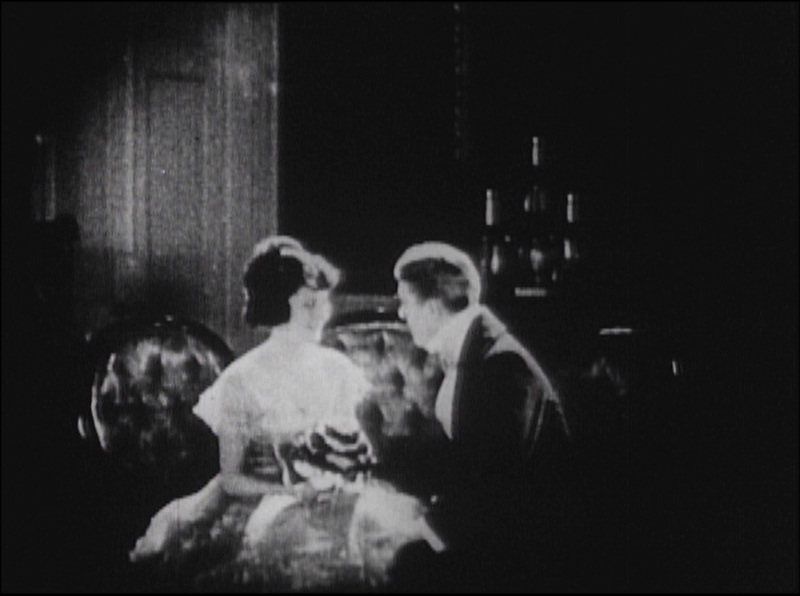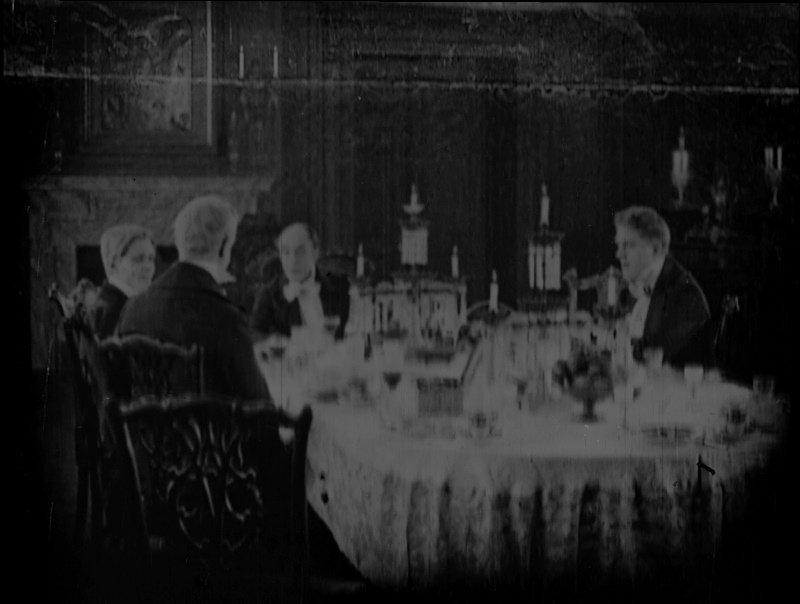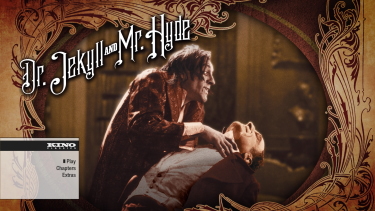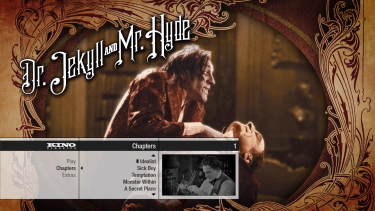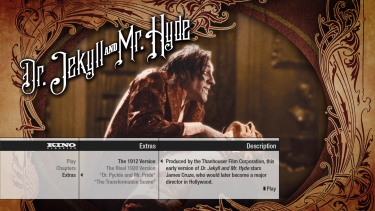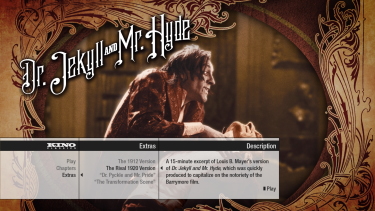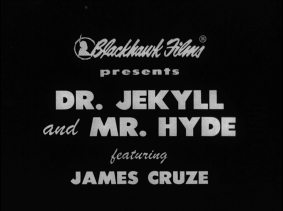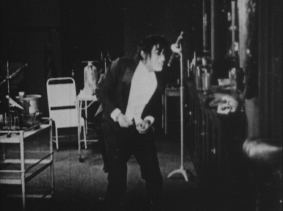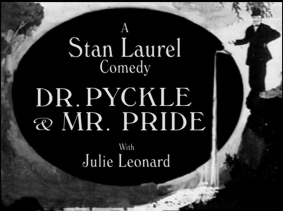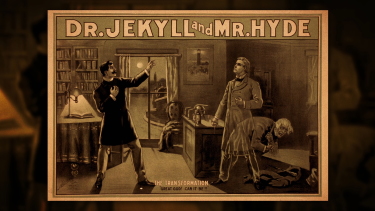![]()
![]()

![]()
![]()
|
Search DVDBeaver |
S E A R C H D V D B e a v e r |
|
|
Dr. Jekyll and Mrs. Hyde [Blu-ray]
(John S. Robertson, 1920)
Review by Gary Tooze
Production: Theatrical: Famous Players-Lasky Corporation Video: Kino Classics
Disc: Region: FREE (as verified by the Oppo Blu-ray player) Runtime: 1:19:23.550 Disc Size: 37,032,255,880 bytes Feature Size: 22,084,261,824 bytes Video Bitrate: 33.62 Mbps Chapters: 10 Case: Standard Blu-ray case Release date: January 28th, 2014
Video: Aspect ratio: 1.33:1 Resolution: 1080p / 23.976 fps Video codec: MPEG-4 AVC Video
Audio: LPCM Audio English 1536 kbps 2.0 / 48 kHz / 1536 kbps / 16-bit
Subtitles: None (Intertitles are original English)
Extras:
• The 1912 Version (13:49)
Bitrate:
Description: Based on the Robert Louis Stevenson story: Doctor Henry Jekyll's enthusiasm for science and his selfless acts of service have made him a much-admired man. But as he visits Sir George Carew one evening, his host criticizes him for his reluctance to experience the more sensual side of life. Sir George goads Jekyll into visiting a music hall, where he watches the alluring dancer Gina. Jekyll becomes fascinated with the two contrasting sides of human nature, and he becomes obsessed with the idea of separating them. After extensive work in his laboratory, he devises a formula that does indeed allow him to alternate between two completely different personalities, his own and that of a brutish, lascivious person whom he names Hyde. It is not long before the personality of Hyde begins to dominate Jekyll's affairs.
The Film: In 1920, filmgoers were treated to no fewer than two different film versions of Robert Louis Stevenson's Dr. Jekyll and Mr. Hyde. In this one, John Barrymore plays the humanitarian Dr. Henry Jekyll, who becomes obsessed with the notion of separating the good and evil impulses within every man. To this end, he develops a potion which unleashes his own darker side: the demonic Mr. Hyde. This was the adaptation which established the cliché of having both a "good" and "bad" leading lady, to parallel the doppelganger aspects of the Jekyll/Hyde personality. Martha Mansfield is the good girl, while Nita Naldi, wearing costumes that were daring indeed in 1920, is the bad one. The adaptors also borrowed the character of Lord Henry from Oscar Wilde's The Picture of Dorian Gray in order to provide Jekyll with an evil mentor/blackmailer. Sadly, Dr. Jekyll and Mr. Hyde proved to be one of the last starring films for leading lady Martha Mansfield: she died horribly during filming of The Warrens of Virginia (1924) when her costume touched a discarded match and burst into flame. Excerpt from MRQE located HERE
John Barrymore's performance in the
Silent classic Dr. Jekyll and Mr.
Hyde (1920) is described by Barrymore biographer Margot Peters as "a
revelation" -- the first real evidence that "a great stage actor could
transfer that talent to the screen and be appreciated by a public who
had never entered a theater in its life." As it happened, Barrymore's
version was one of two
Silent film treatments of the often-filmed Robert
Louis Stevenson story released in 1920. The other was a poorly received
vehicle for over-the-top
Silent actor Sheldon Lewis, set in contemporary
New York rather than 19th-century London. Image : NOTE: The below Blu-ray captures were taken directly from the Blu-ray disc. The 1920, John Barrymore, version of Dr. Jekyll and Mr. Hyde arrives on Blu-ray from Kino - restored from 35mm. The image quality has some big swings from impressive to barely discernable (see sample at bottom.) The Blu-ray is dual-layered with a very high bitrate and the inconsistencies seems totally at the mercy of the available source. Thankfully, the weaknesses are more the exception than the norm. There are, what looks like, sprocket-hole damage on the right side of some of the visuals. There are a few colored tints. Following the story was easy and the Blu-ray presents, what w assume, is the best digital representation available barring discovery of a new print or extensive restoration on this one. Inferiorities seems totally acceptable remembering the age of the film. The damaged sections also seemed to enhance the period aspects and they did not leave a negative impact on the presentation, IMO.
CLICK EACH BLU-RAY CAPTURE TO SEE ALL IMAGES IN FULL 1920X1080 RESOLUTION
Audio :Kino include a score by The Mont Alto Motion Picture Orchestra, and its five-musician small orchestra, via a linear PCM 2.0 channel track at a buoyant 1536 kbps on the Blu-ray. It runs comfortably beside the action building suspense - there are a variety of English intertitles used, some with small logos and images, and m y Oppo has identified it as being a region FREE.
Extras : Kino include some interesting extras - we get 12-minutes of the 1912 Dr. Jekyll and Mr. Hyde, with James Cruze, from the Thanhouser studio looking pretty murky. There is also a 15-minute cut (no title sequence) of the 'other' 1920 Jekyll/Hyde version - a Louis B. Mayer-produced film, starring Sheldon Lewis. “Dr. Pyckle and Mr. Pride” is a 1925 Stan Laurel parody. Lastly there is a rare 2.5 minute audio piece entitled “The Transformation Scene” from 1909.
BOTTOM LINE: Gary Tooze January 11th, 2014
|
|
About the Reviewer: Hello, fellow Beavers! I have been interested in film since I viewed a Chaplin festival on PBS when I was around 9 years old. I credit DVD with expanding my horizons to fill an almost ravenous desire to seek out new film experiences. I currently own approximately 9500 DVDs and have reviewed over 5000 myself. I appreciate my discussion Listserv for furthering my film education and inspiring me to continue running DVDBeaver. Plus a healthy thanks to those who donate and use our Amazon links.
Although I never wanted to become one of those guys who
focused 'too much' on image and sound quality - I
find HD is swiftly pushing me in that direction. 60-Inch Class (59.58” Diagonal) 1080p Pioneer KURO Plasma Flat Panel HDTV PDP6020-FD
Oppo Digital BDP-83 Universal Region FREE Blu-ray/SACD
Player APC AV 1.5 kVA H Type Power Conditioner 120V Gary W. Tooze ALL OUR NEW FORMAT DVD REVIEWS
|
![]()
![]()

![]()
![]()


